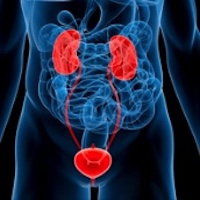The importance of PSA-Density in active surveillance for prostate cancer

Submitted: December 12, 2019
Accepted: January 3, 2020
Published: June 24, 2020
Accepted: January 3, 2020
Abstract Views: 1583
PDF: 620
Publisher's note
All claims expressed in this article are solely those of the authors and do not necessarily represent those of their affiliated organizations, or those of the publisher, the editors and the reviewers. Any product that may be evaluated in this article or claim that may be made by its manufacturer is not guaranteed or endorsed by the publisher.
All claims expressed in this article are solely those of the authors and do not necessarily represent those of their affiliated organizations, or those of the publisher, the editors and the reviewers. Any product that may be evaluated in this article or claim that may be made by its manufacturer is not guaranteed or endorsed by the publisher.

 https://doi.org/10.4081/aiua.2020.2.136
https://doi.org/10.4081/aiua.2020.2.136



